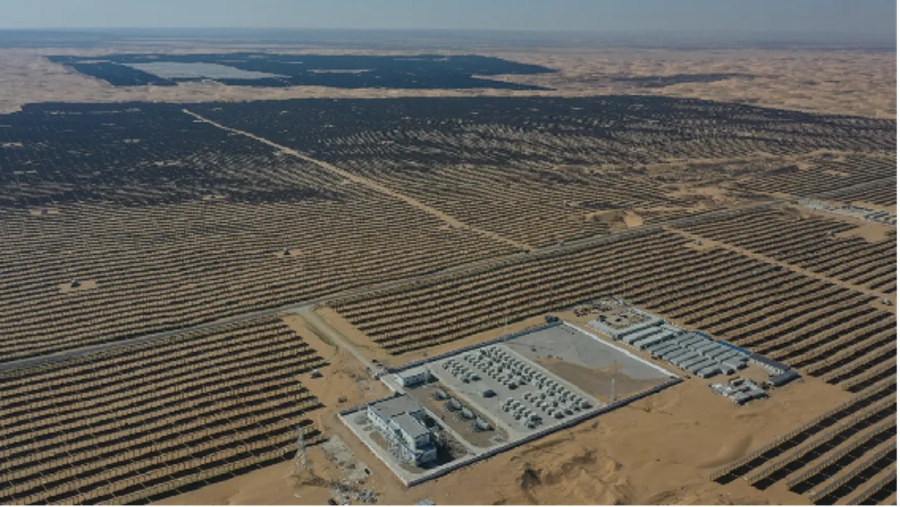Key takeaways from Spain’s AEPIBAL Day energy storage event

Members of Spain’s energy storage value chain and policymakers met on Nov. 28, 2024 at the annual event staged by the country’s Business Association of Batteries, Cells, and Energy Storage (AEPIBAL).
With speakers from the Ministry for the Ecological Transition and Demographic Challenge (MITECO), regulator the National Commission of Markets and Competition (CNMC), and part state-owned grid company Red Eléctrica de España present – together with delegates from Spain’s autonomous communities – 470 people attended AD, in Zaragoza.
AEPIBAL president Luis Marquina reflected on the event with pv magazine.
“The AD is a very special model of conference,” said Marquina. “Having all the public officials on whom the [energy] storage take-off really depends, at our disposal for 24 hours, is an absolute luxury. We want to get to the point and, so far, we are succeeding.”
Marquina discussed energy storage policy announcements, storage topics that are in progress but have further to go, and industry concerns.
Key announcements
Spain’s capacity mechanism – a tool to ensure the grid security of supply – is about to be implemented and although it is not a mechanism designed to encourage energy storage specifically, it will offer a very attractive short-term opportunity for the sector and is expected to be implemented in 2025. “It is also very interesting that the capacity mechanism must accommodate distributed [small-scale] generation, a requirement that came from the European Commission,” said Marquina.
A storage element has been announced for Spain’s remuneration framework for the generation of electricity from renewable energy sources subsidy and auction program, with the aim of providing solar electricity after dark.
In another highlight, Marquina said, “It is great news that a [grid] flexibility market is being worked on for 2025, which would include [energy] storage and demand management.”
With MITECO having reactivated the controversial Tax on the Value of Electricity Production (IVPEE) since 2024, Marquina said, “We were also delighted to hear that the ministry believes that the IVPEE … should not be applied to storage.” The Ministry of Finance, however, will have the final say on that issue as AD attendees heard.
Referring to problems encountered by hybridized solar-plus-storage projects in feeding electricity into the grid, the AEPIBAL President said, “It is very good news that the loss of dispatch capacity for hybridizations will be resolved shortly.”
The AD event also heard there will soon be a proposal for a ministerial order to lay out the criteria used to decide which grid projects will be prioritized.
Work in progress
Marquina noted, “It is interesting to see how the CNMC is pushing the issue of flexibility, which is the key to [energy] storage, and we understand the position of the [electricity] system operator, which states ‘flexibility yes, but security of supply above all.’ There is still some … work to be done there.”
The AEPIBAL president welcomed the abandonment of the suggestion that the hours energy storage systems could charge from, and discharge into, the grid would be fixed. With public officials confirming an automated system would instead restrain usage only when necessary, Marquina said the latter approach would generate “fewer legal problems.”
The AEPIBAL chief voiced concern electricity tolls and energy storage charges will be reviewed and added, while the association is confident detailed grid demand specifications will be published by September 2025, that has yet to be confirmed.
Marquina said there is also an urgent need for a set of standards related to the development of energy storage facilities. “At AEPIBAL, we are going to put a lot of emphasis on coordinating working groups between the central administration – both in regulation and in the environment – and the Autonomous Communities, which need more orientation and more guidance,” he said. “We think it is essential that the ministry can convert into law what it must convert into law. It has to facilitate the urban planning process. We are going to put a lot of emphasis and effort into coordinating the … administrations.”
Concerns
Regarding the use of declaration of public utility (DUP) status, to speed up planning processes, Marquina said, “We do not see any clarity for the ministry to declare the DUP (declaration of public utility) on [electricity] evacuation lines, and this aspect needs the rank of law.”
Similarly, he added, “We also do not see the ministry have the will to declare [energy] storage as a facility of superior interest, something that would be fundamental for the autonomous communities and municipalities, so that they can develop … urban planning regulations accordingly.”
Regarding public subsidies for PERTEs, a designation recently extended to solar-plus-storage and standalone energy storage sites, Marquina said, “We do not see any short-term solutions to extend the latest milestone of hybridization and standalone [storage projects], granted in the PERTEs.” Loss of PERTE consideration, he said, “Puts … projects and €300 million ($315 million) in aid at risk.”
From pv magazine España.













